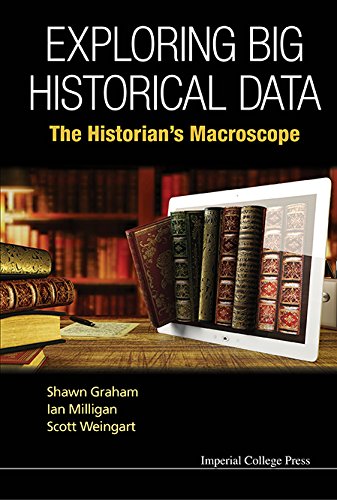The Art Historian's Macroscope
Museum Data and the Academy
Matthew Lincoln
PhD Candidate, University of Maryland
What?
How?
What's next?
Why?
What?
"Macroscope"?
What's a
Joël de Rosnay, Macroscope, 1979

What?
How?
What's next?
Why?
Why?

Roger de Piles, Cours de peinture par principes, 1708, p. 494
Tension between close looking...
Rembrandt van Rijn, detail of Abraham Francen, c. 1657. Etching. Rijksmuseum, Amsterdam.

...and the scale of collections

Artworks in the British Museum by type
What?
How?
What's next?
Why?
How?
Museum data is structured knowledge
The BM has published their collection metadata as Linked Open Data, with detailed info on artist roles.

Jan van der Straet, Engraving on copper from New inventions of the modern era, c. 1590. British Museum, London.

Publisher
Platecutter
Designer

1550-1750
~5,000 artists
~55,000 prints

How centralized/dencentralized were different networks in different periods?


Vast majority of actors have 1-2 connections; only a few have more than a dozen

Most recent dedicated scholarship: 1861!






What?
How?
What's next?
Why?
What's next?
What can museums do?
- Document more knowledge
- Digital != Website only
- Collaborate beyond exhibitions
National Building Museum by Phil Roeder, on Flickr
2014 Sawyer Library Dedication by Williams College, on Flickr
What can universities do?
- Remember our data-driven roots
- Test hypotheses creatively
- Remember "DH" has been in museums for some time
Matthew Lincoln
PhD Candidate
Art History & Archaeology
University of Maryland, College Park
